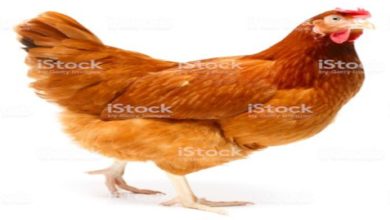NEWCASTLE DISEASE/PARAMYXOVIRUS 1
Paramyxovirus 1 or Newcastle Disease is a highly contagious viral disease affecting poultry of all ages.
Affected species include chickens, turkeys, pigeons and ducks. The condition is rarely diagnosed in ducks but is a possible cause of production drops/fertility problems. Other species can be infected
Including mammals occasionally (e.g. conjunctivitis in man).
Clinical Signs
Signs are highly variable and will depend on the nature of the infecting virus the infective
dose and the degree of immunity from previous exposure or vaccination.
Affected birds may exhibit the following signs:
- Respiratory: sneezing, gasping for air, nasal discharge, coughing;
- Digestive: greenish, watery diarrhea;
- Nervous: depression, muscular tremors, drooping wings, twisting of head and neck, circling, complete paralysis.
- Partial to complete drop in egg production and Sudden Death
Treatment
None, antibiotics to control secondary bacteria.
NB.Always consult with your veterinarian or animal health professional before administering antibiotics.
Control
Ensure you do vaccination of your flock as recommended by hatcheries where you source chicks.




